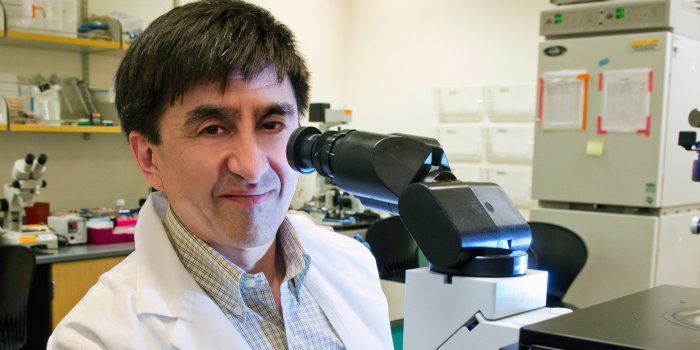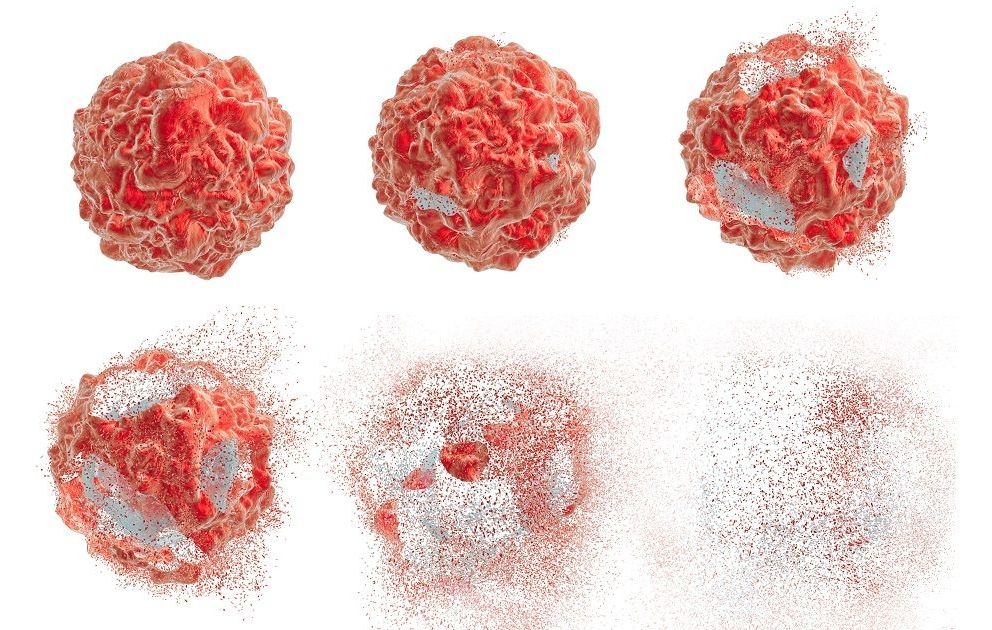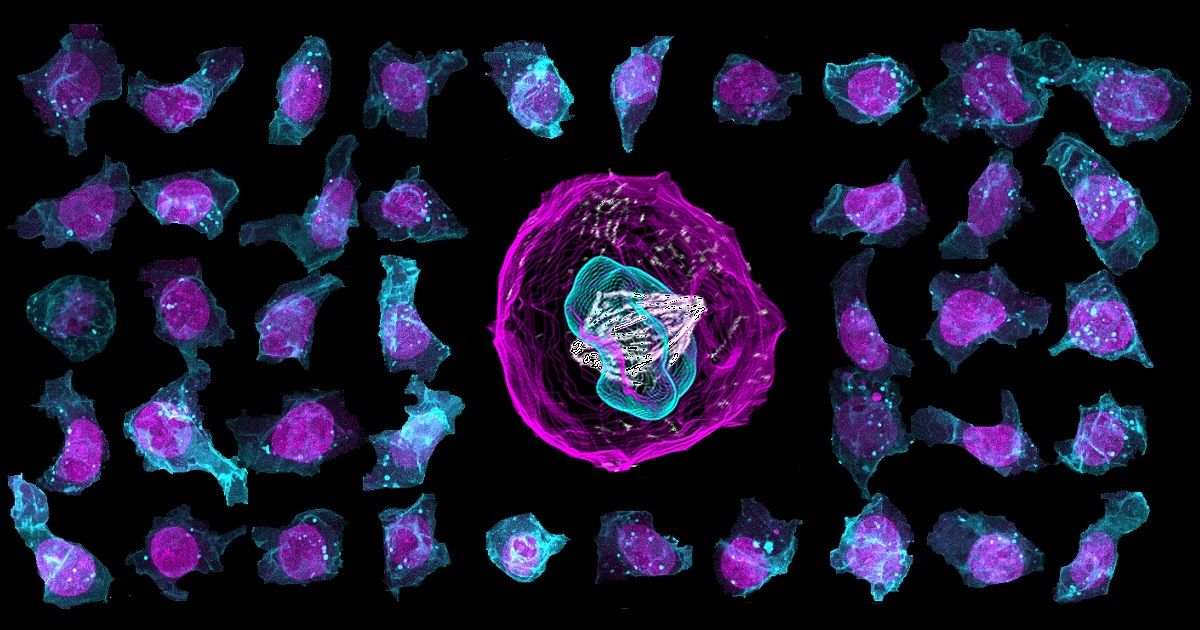Oct 16, 2017
Where’d you get those genes? The answer may shock you
Posted by Saúl Morales Rodriguéz in categories: biotech/medical, genetics, law, military
Military applications of gene-altering technology must also be considered (Op-Ed by Tomasz Pierscionek)
Recent developments in the field of biotechnology have shown that mutations can be edited out of the human genome. What are the future implications of this research and will it be used to the benefit or detriment of society?
Last month, UK scientists performed gene-editing experiments for the first time in order to gain a greater understanding of how embryos develop, and it is likely researchers in other countries will soon follow suit.
Continue reading “Where’d you get those genes? The answer may shock you” »

















